Home>Interior Design>How To Add Authentic Period Features Or Make The Most Of The Ones You’ve Got
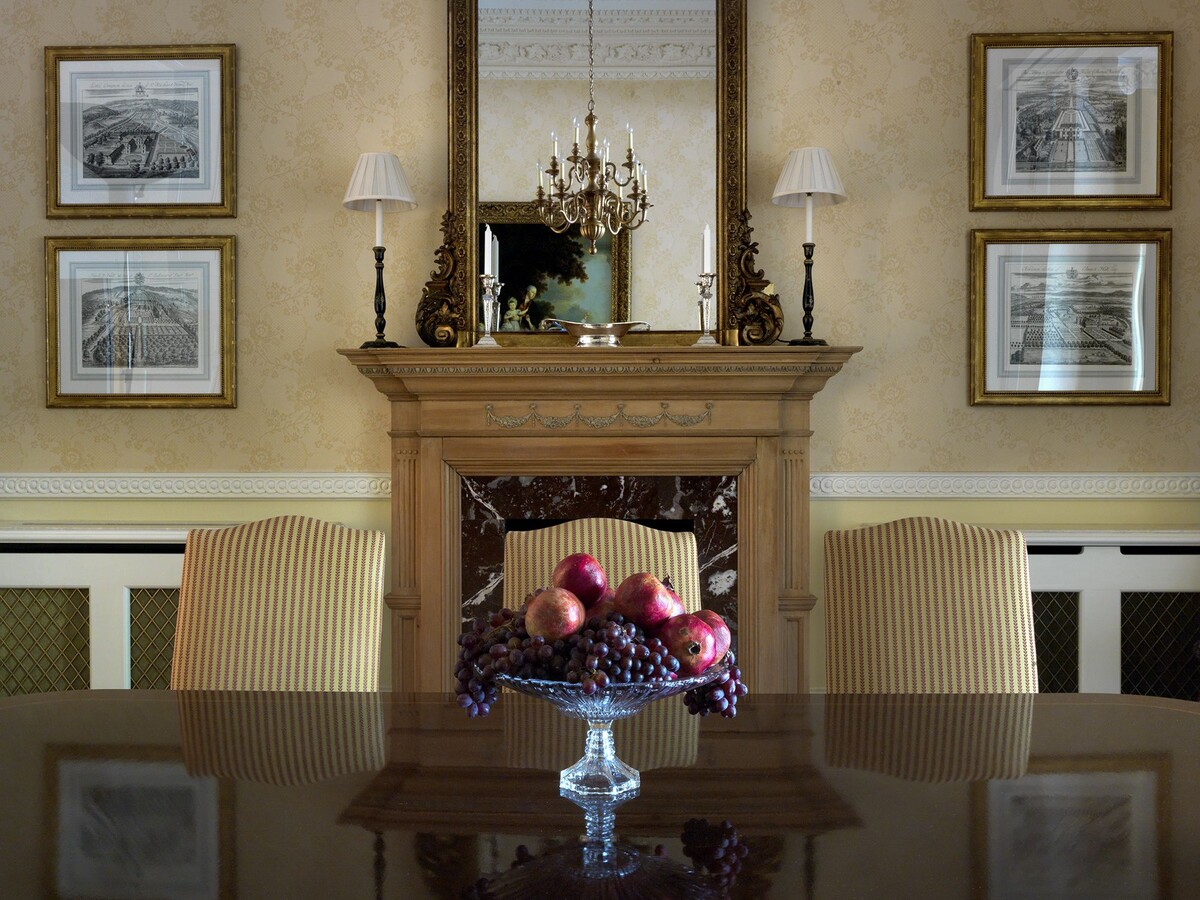

Interior Design
How To Add Authentic Period Features Or Make The Most Of The Ones You’ve Got
Modified: February 18, 2024
Learn how to add or enhance authentic period features in your interior design, making the most of what you already have. Enhance your space with our expert tips and tricks.
(Many of the links in this article redirect to a specific reviewed product. Your purchase of these products through affiliate links helps to generate commission for Storables.com, at no extra cost. Learn more)
Introduction
Welcome to the world of interior design, where the past meets the present in a harmonious blend of authenticity and creativity. If you’re a fan of period features and the charm they bring to a space, this article is for you. Whether you’re lucky enough to have original period features in your home or are looking to add some historic character to a more modern space, we’ll guide you through the process.
Period features are the architectural elements that define a particular era’s design style. They add depth, character, and a sense of history to a space. From grand, ornate moldings and ceiling roses of the Victorian era to the clean lines and art deco patterns of the 1920s, period features are a testament to the craftsmanship and design influences of their time.
Adding authentic period features to a home can not only enhance its aesthetic appeal but also increase its value. So, whether you’re aiming to restore original period features or recreate them, it’s a worthwhile investment.
But what about those who already have original period features intact? How can you make the most of them and ensure they take center stage in your design scheme? We’ve got you covered there as well.
In this article, we’ll explore the different approaches to period features and provide tips on how to assess, restore, replicate, enhance, and incorporate them into your overall interior design. Whether you’re a fan of Victorian splendor or mid-century modern flair, there’s something here for everyone.
So, let’s dive into the fascinating world of period features and discover how to bring the charm of the past into your present-day living spaces.
Key Takeaways:
- Embrace the charm of the past by restoring, replicating, or enhancing period features in your home. Strike a balance between historical authenticity and personal style for a captivating interior design.
- Whether you have original period features or not, infuse your space with the essence of a specific era through period-inspired decor. Create a cohesive and immersive experience that transports you to another time.
Assessing Your Period Features
Before you embark on any design project involving period features, it’s crucial to assess their condition and authenticity. This will help you determine the best course of action and ensure that any changes or additions you make are respectful to the original style of your home. Here are some steps to follow:
- Research: Familiarize yourself with the architectural style and design elements typical of the period your home represents. This will give you a better understanding of what to expect and help you identify any missing or altered features.
- Inspect: Take a close look at your existing period features. Are they in good condition, or do they require restoration? Look for signs of damage, such as cracks, chips, or water stains. If you’re unsure about the authenticity of a feature, consult with an architectural historian or period specialist.
- Prioritize: Make a list of the period features that are most significant or unique to your home. Determine which ones you want to preserve, restore, or replicate. Keep in mind that some features may be more challenging or expensive to recreate. Consider consulting with an interior designer or architect to help prioritize your options.
- Budget: Assess the financial aspect of your project. Restoring or replicating period features can be costly, so it’s important to establish a realistic budget. Research the costs involved and factor them into your overall interior design budget.
- Regulations: Research any local regulations or building codes that may apply to your period features. Some areas have restrictions on altering historic features or require special permits. Understanding these regulations will help you navigate the design process smoothly and avoid any legal issues.
By thoroughly assessing your period features, you’ll have a clear understanding of their condition, authenticity, and the scope of work required. This knowledge will inform your design decisions and help preserve the historical integrity of your home while adding your personal touch.
Restoring Original Period Features
When it comes to preserving the authenticity and charm of your home, restoring original period features is often the most desired approach. Here are some steps to guide you through the restoration process:
- Research: Begin by researching the appropriate materials and techniques for restoring your specific period feature. This will ensure that you stay true to the original design and maintain the historical integrity of your home.
- Hire Professionals: Restoration work requires specialized skills and knowledge. It’s best to hire professionals with experience in restoring period features. They will have the expertise to handle delicate materials and execute the restoration with precision.
- Clean and Repair: Before starting the restoration process, thoroughly clean the feature to remove dirt, grime, and any existing paint layers. Assess the condition of the feature and make necessary repairs. Fill in cracks or missing sections using compatible materials.
- Matching Finishes: If the feature requires repainting or refinishing, match the original color and finish. Take paint samples or consult historical color palettes to ensure an accurate replication of the period’s style.
- Maintain Originality: Avoid unnecessary modifications or alterations to the original feature. The goal is to restore it to its former glory, not to change its design. Preserve any unique details or decorative elements that make it distinctive.
- Regular Maintenance: Once the restoration is complete, establish a regular maintenance routine to ensure the longevity of the feature. Periodically inspect for any signs of damage or deterioration and address them promptly to avoid further issues.
Restoring your original period features requires time, effort, and a keen eye for detail. However, the end result is a beautifully revived feature that transports you back in time and enhances the overall aesthetic appeal of your home.
Replicating Period Features
If your home does not have original period features or if they are severely damaged beyond restoration, you can still capture the essence of a specific era by replicating the design elements. Here’s how:
- Research and Reference: Begin by researching the architectural style and design elements of the period you want to recreate. Look for reference images, historical documents, and books to understand the characteristics of that era’s features.
- Consult Professionals: Work with an interior designer or architect who specializes in period design. They can guide you in recreating the specific period features you desire, providing expertise in materials, proportions, and construction techniques.
- Choose Materials Wisely: Select materials that closely resemble the ones used during the period you are replicating. This can include moldings, cornices, window frames, flooring, and decorative elements. Opt for high-quality materials that will create an authentic look and feel.
- Custom Craftsmanship: Engage skilled craftsmen to produce custom-made period features. This can include ornate moldings, ceiling roses, paneling, and fireplace surrounds. They will ensure that each element is meticulously crafted to replicate the design and craftsmanship of the chosen era.
- Attention to Detail: Pay close attention to the details and proportions of the replicated features. From the curve of a cornice to the pattern of a wallpaper, every element should be carefully considered to achieve the desired period aesthetic.
- Integration with Existing Design: Incorporate the replicated period features seamlessly into your existing space. This may involve adapting other design elements, such as paint colors, lighting fixtures, and furniture, to complement the chosen period style.
- Quality Control: Regularly inspect the replicated features for any signs of wear or damage. Address any issues promptly to maintain their beauty and condition over time.
By replicating period features, you can create a space that evokes the charm and elegance of a specific era. These meticulously crafted elements provide a timeless appeal and can transform a modern home into a stunning tribute to the past.
When adding authentic period features to your home, research the architectural style of the period and use materials and designs that were commonly used during that time. This will help ensure that the features are true to the period and enhance the overall authenticity of your home.
Enhancing Existing Period Features
If you’re fortunate enough to have original period features in your home, there are various ways to enhance their aesthetic impact and ensure they become the focal point of your interior design. Here are some ideas to consider:
- Highlight with Lighting: Install appropriate lighting fixtures to accentuate the beauty of your period features. Use wall sconces, picture lights, or recessed spotlights to create a warm and inviting ambiance.
- Contrast with Color: Paint the surrounding walls in a color that complements and highlights the period feature. Choose hues that enhance its beauty and draw attention to the intricate details.
- Furniture Placement: Arrange your furniture in a way that emphasizes the period feature as the centerpiece of the room. Position seating or tables to showcase and appreciate the architectural elements.
- Accessorize Thoughtfully: Select decor items, such as artwork, mirrors, or vases, that complement the style and era of the period feature. These accessories will enhance the overall visual appeal and create a cohesive design scheme.
- Window Treatments: Dress any windows near the period feature with window treatments that frame and enhance its visual impact. Choose curtains or blinds that allow the feature to shine while adding privacy and light control.
- Mindful Styling: Avoid cluttering the space around the period feature with unnecessary objects. Allow it to be the focal point by keeping the surrounding area clean and minimalistic.
- Period-Inspired Furnishings: Incorporate furniture pieces and decor items that reflect the style and era of the period feature. This will contribute to a cohesive and harmonious design aesthetic.
- Regular Maintenance: Keep your period features in pristine condition by regularly cleaning and caring for them. Dust, polish, and repair any damages to ensure they remain a striking focal point of your home.
By enhancing your existing period features, you can fully appreciate their historical significance and make them the standout elements of your interior design. These enhancements will add depth and character to your space, creating a visually captivating environment.
Read more: What Home Improvements Add Most Value?
Incorporating Period-Inspired Decor
If you love the charm of period features but don’t have them in your home, or if you want to add more touches of a specific era, incorporating period-inspired decor is an excellent option. Here are some ideas to infuse your space with the essence of a particular period:
- Wallpaper and Paint: Use period-inspired wallpaper or paint designs to create an authentic backdrop. Choose patterns and colors that are characteristic of the era you want to evoke. Consider floral motifs for a Victorian-style look or bold geometrics for an art deco vibe.
- Furniture Selection: Select furniture pieces that reflect the style and craftsmanship of the period you’re inspired by. Look for vintage or antique furniture, or choose modern replicas that capture the essence of the era. Pay attention to details such as fabric patterns, materials, and shapes.
- Window Treatments: Dress your windows in curtains or blinds that evoke the desired period’s style. From floor-length drapes with tassels and trims to sheer lace curtains, the window treatments can add elegance and authenticity to the space.
- Accessories and Artwork: Incorporate accessories and artwork that align with the chosen period. Vintage or reproduction pieces, such as ornate frames, antique clocks, or vintage photographs, can instantly transport you to a different time.
- Lighting Fixtures: Choose lighting fixtures that capture the essence of the era you’re inspired by. Crystal chandeliers for a glamorous Victorian touch, or sleek mid-century modern pendant lights, can instantly enhance the period-inspired ambiance.
- Textiles and Rugs: Add period-inspired textiles and rugs to your space to further enhance the design. Look for fabrics with traditional patterns or motifs characteristic of the era. Persian rugs, floral tapestries, or embroidered cushions can lend an authentic touch.
- Decorative Details: Pay attention to decorative details such as moldings, trimmings, and ceiling roses. Incorporate crown moldings, rosettes, and ornate cornices to replicate the architectural elements of the chosen period.
- Period-Inspired Colors: Choose a color palette that aligns with the period you’re drawing inspiration from. Soft pastels for a romantic Victorian feel, or bold, saturated hues for a mid-century modern vibe, can set the tone for the overall design.
By incorporating period-inspired decor into your space, you can create a cohesive and immersive experience that transports you to a different era. These design elements will infuse your home with a sense of history and add a unique personality to your interior design.
Maintaining and Caring for Period Features
Preserving the beauty and integrity of your period features requires regular maintenance and proper care. Here are some essential tips to ensure their longevity:
- Regular Cleaning: Dust and clean your period features on a regular basis. Use a soft, lint-free cloth to gently remove dust and debris. Avoid harsh chemicals or abrasive cleaners that can damage delicate surfaces.
- Specialized Treatments: For specific materials and surfaces, such as wood, marble, or metal, use suitable cleaners and treatments. Follow manufacturer instructions and seek professional advice if needed.
- Avoid Excessive Moisture: Period features, especially those made of wood, can be sensitive to moisture. Avoid placing them in areas prone to high humidity, direct water exposure, or sudden temperature changes.
- Protect from Sunlight: Direct sunlight can cause fading, discoloration, and damage to your period features. Use window treatments or UV protective films to shield them from excessive sunlight.
- Repair Damage Promptly: If you notice any cracks, chips, or damage to your period features, address them promptly to prevent further deterioration. Consult with a professional or specialist to ensure proper repair techniques and materials are used.
- Monitor for Pests: Period features, especially woodwork, can be susceptible to pests such as termites or wood-boring insects. Regularly inspect your features and take necessary measures to prevent infestations.
- Annual Inspections: Schedule an annual inspection by a professional to assess the condition of your period features. They can detect any issues early on and provide recommendations for necessary repairs or maintenance.
- Preserve Original Finishes: If your period features have original finishes, take steps to preserve them. Avoid using harsh chemicals or abrasive cleaners that can strip the patina or damage the surface.
- Consider Protective Coatings: For particularly vulnerable period features, such as delicate stonework or intricate plasterwork, consider applying a protective coating to prevent wear and tear.
- Consult Experts: If you have questions or concerns about maintaining your period features, consult with professionals, such as interior designers, architects, or historical preservation specialists. They can provide valuable advice and guidance tailored to your specific features and needs.
By following these maintenance practices, you can ensure that your period features remain beautiful and in excellent condition for years to come. Proper care not only preserves their historical value but also allows you to continue enjoying their timeless charm.
Conclusion
Incorporating period features into your interior design is a wonderful way to add character, elegance, and a touch of history to your home. Whether you have original features that need restoration or you’re looking to replicate the charm of a specific era, there are options available that suit your preferences and budget.
Assessing the condition and authenticity of your period features is the first step towards making informed decisions about their restoration or replication. Researching the relevant era, consulting professionals, and setting a realistic budget will help you navigate the process smoothly.
Restoring original period features requires careful attention to detail and the expertise of skilled professionals. By cleaning, repairing, and preserving these architectural elements, you can rejuvenate them to their former glory and maintain the historical integrity of your home.
If original features are not present or beyond restoration, replicating period features can still capture the essence of a specific era. Through careful selection of materials, furniture, lighting, and accessories, you can create a space that pays homage to the past while reflecting your personal style.
Enhancing existing period features allows you to highlight their beauty and make them the centerpiece of your design. By using proper lighting, contrasting colors, and thoughtful furniture placement, you can accentuate these architectural elements and create a captivating focal point in your home.
Incorporating period-inspired decor is an effective way to infuse your space with the essence of a specific era, even if original features are not present. From wallpaper and furniture selection to window treatments and lighting fixtures, these design elements can transport you to another time.
Maintaining and caring for your period features is essential to ensure their longevity. Regular cleaning, repairing damage promptly, and following specialized treatments will help preserve their beauty and integrity for years to come.
In conclusion, period features bring a unique charm and character to your home’s interior design. Whether you’re restoring, replicating, enhancing, or incorporating period-inspired decor, the key is to strike a balance between honoring the past and creating a space that reflects your personal style and preferences.
By carefully assessing, restoring, and maintaining your period features, you can create a home that not only captures the spirit of a particular era but also tells a story of architecture, craftsmanship, and historical significance.
Frequently Asked Questions about How To Add Authentic Period Features Or Make The Most Of The Ones You've Got
Was this page helpful?
At Storables.com, we guarantee accurate and reliable information. Our content, validated by Expert Board Contributors, is crafted following stringent Editorial Policies. We're committed to providing you with well-researched, expert-backed insights for all your informational needs.
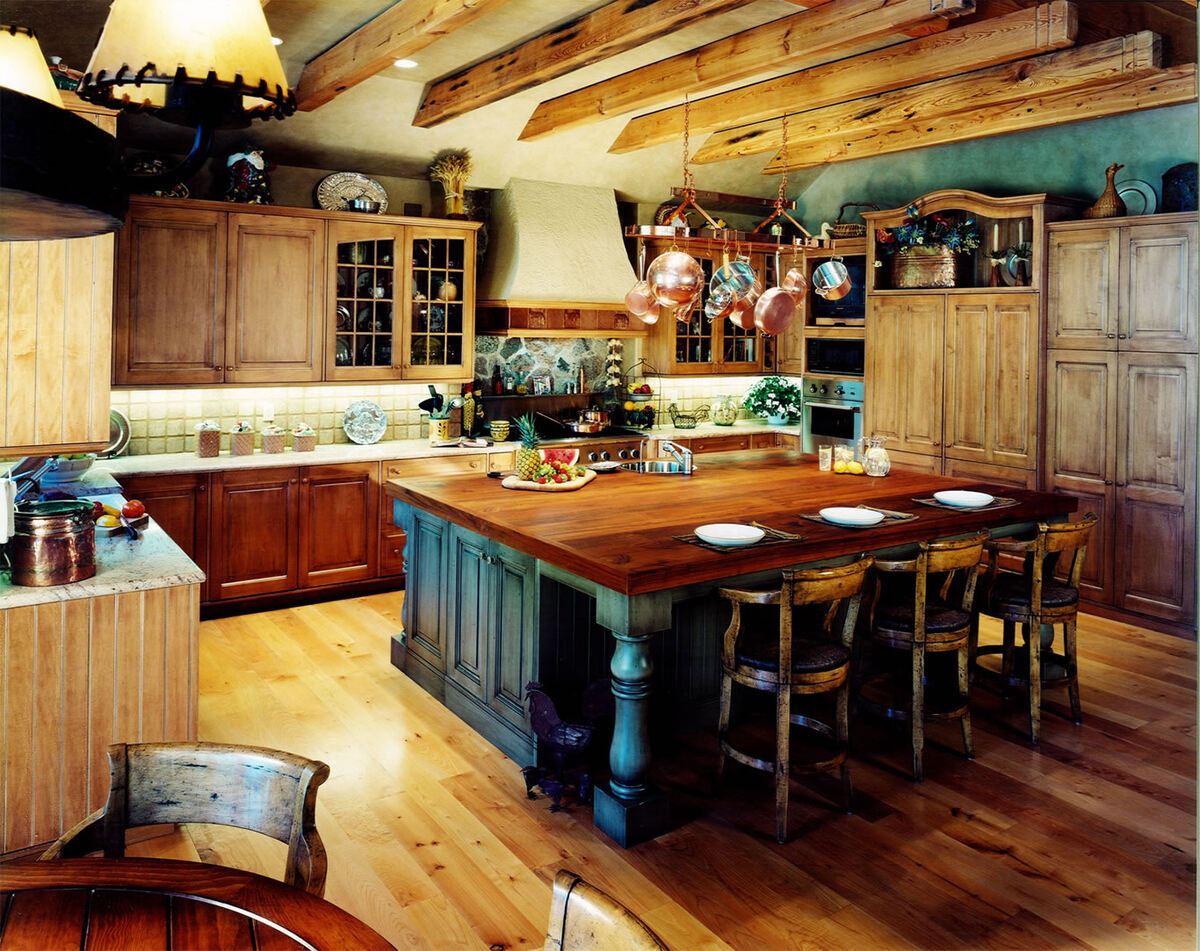
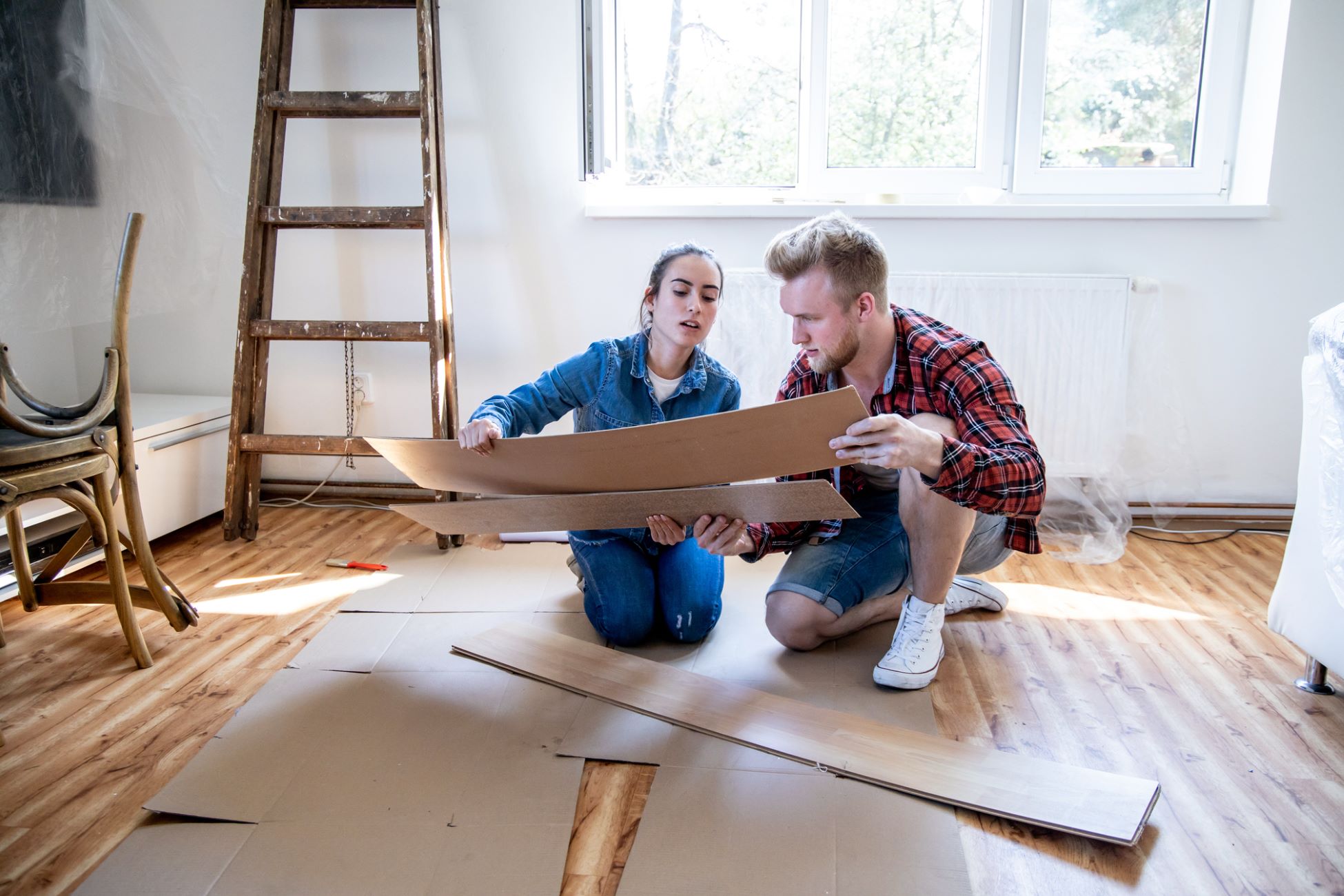
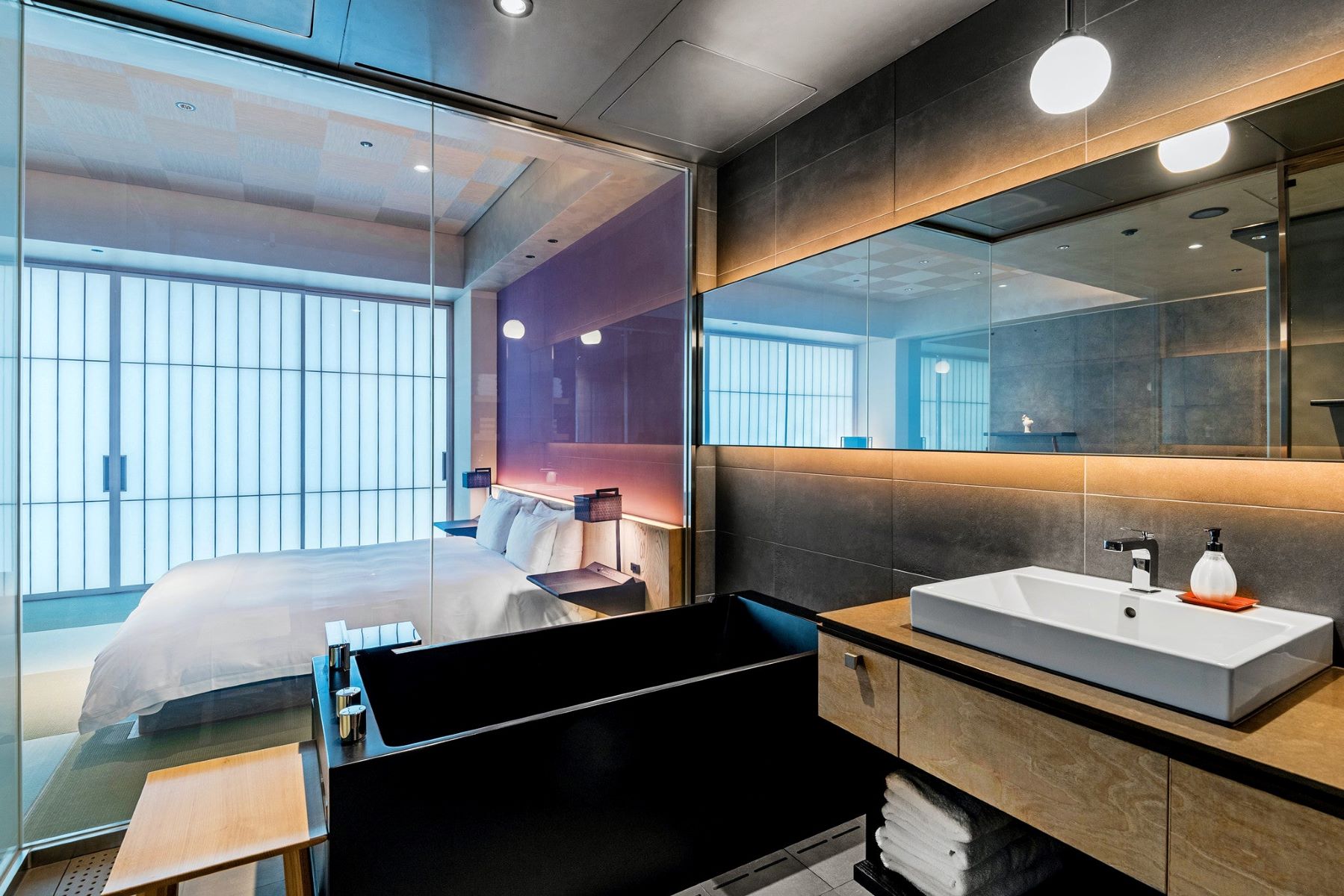
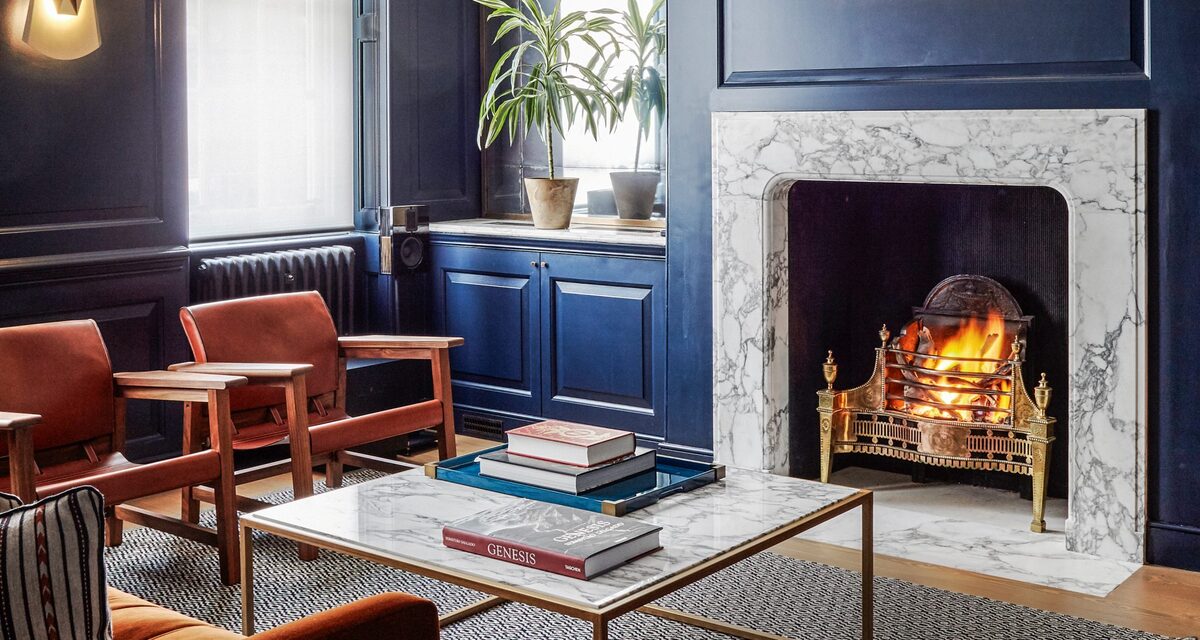
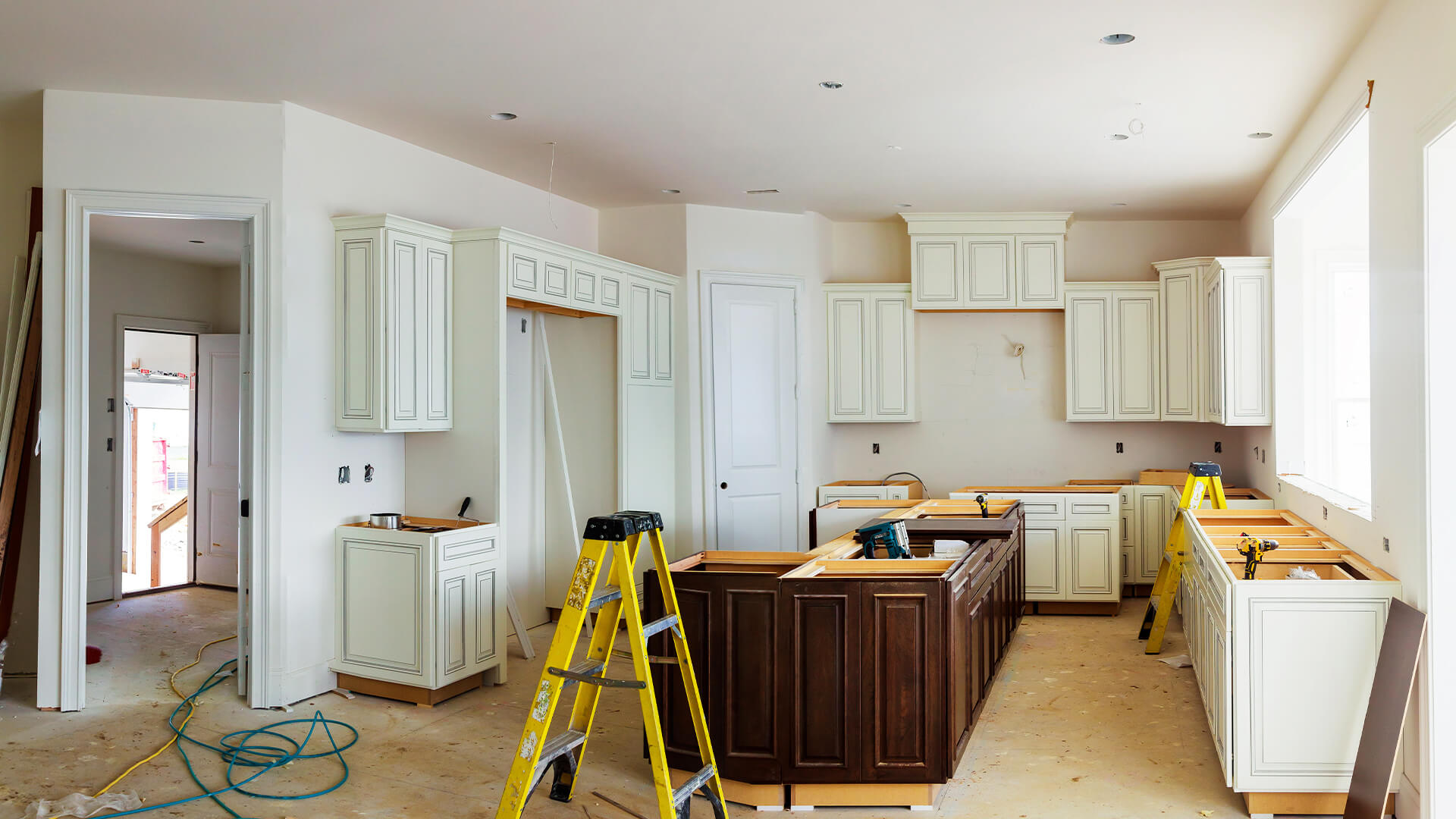
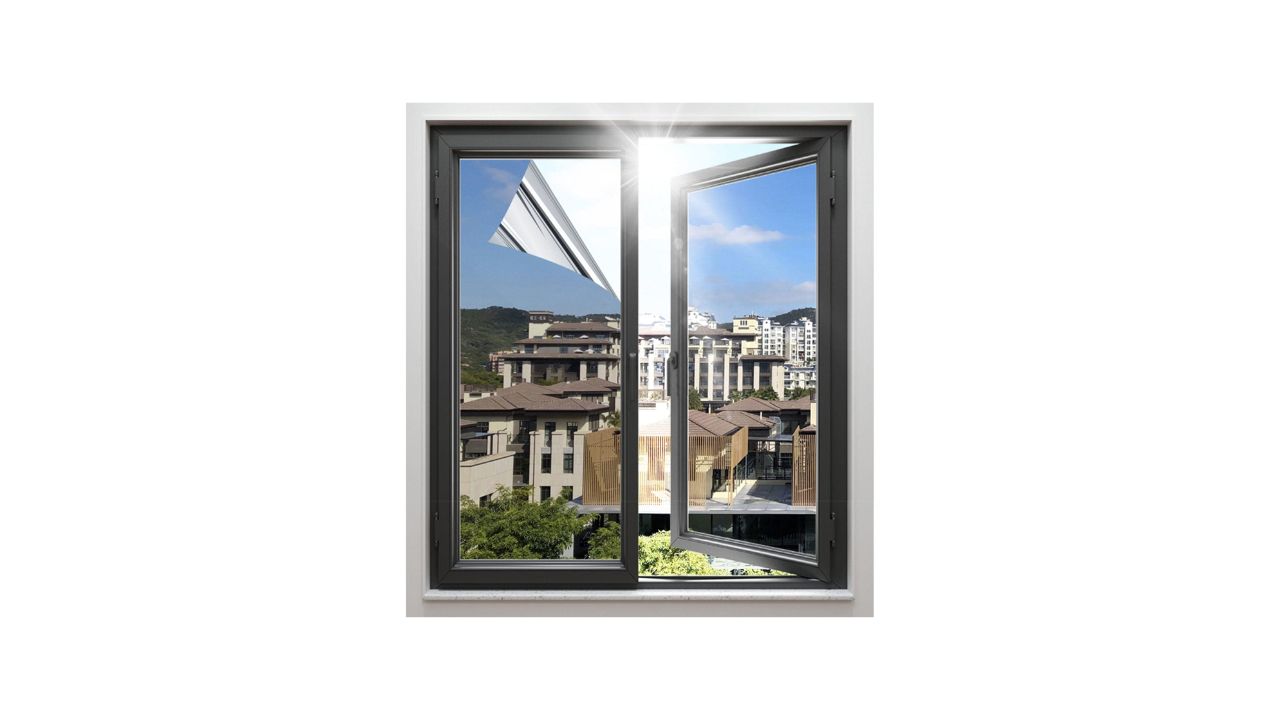
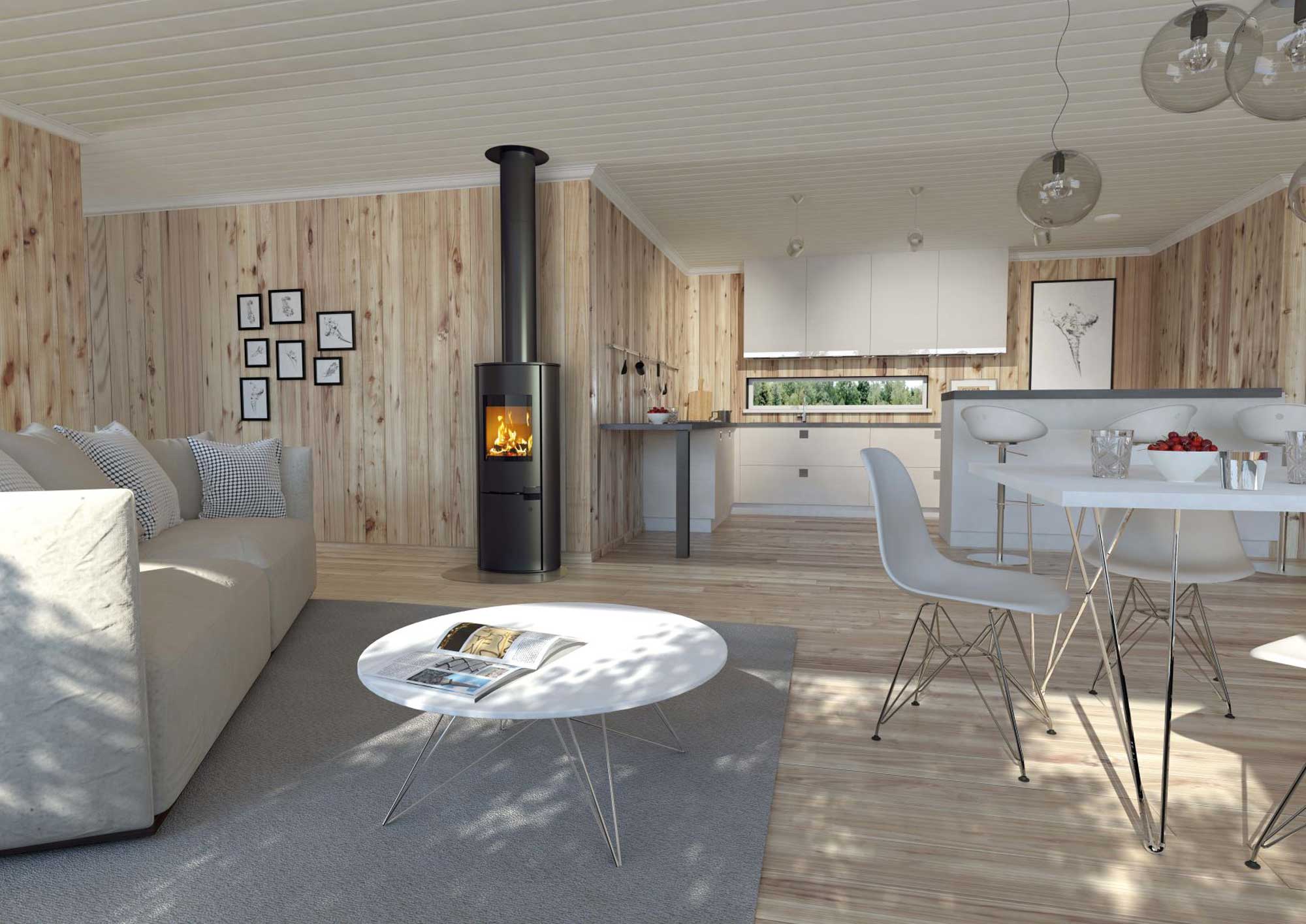
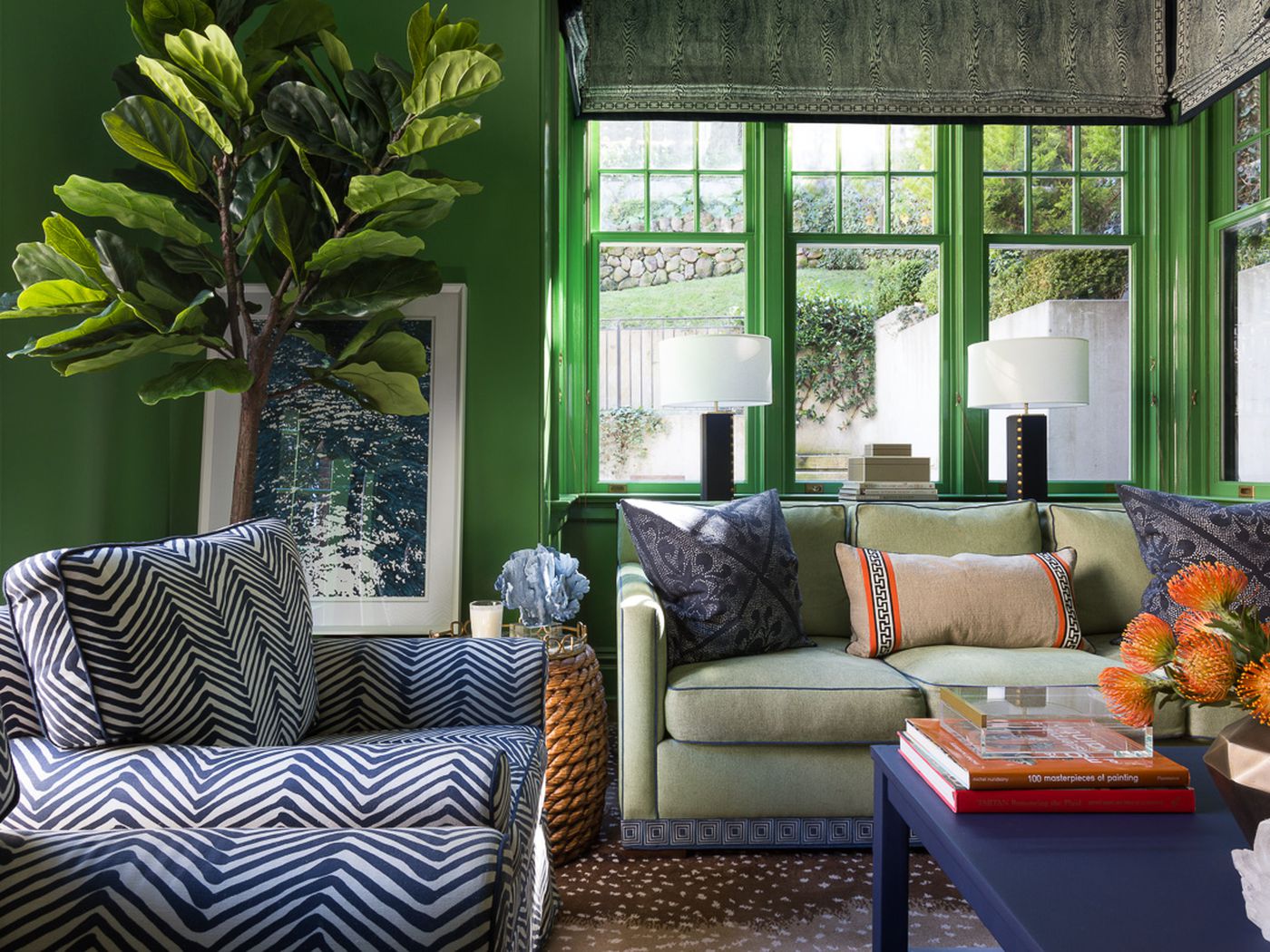
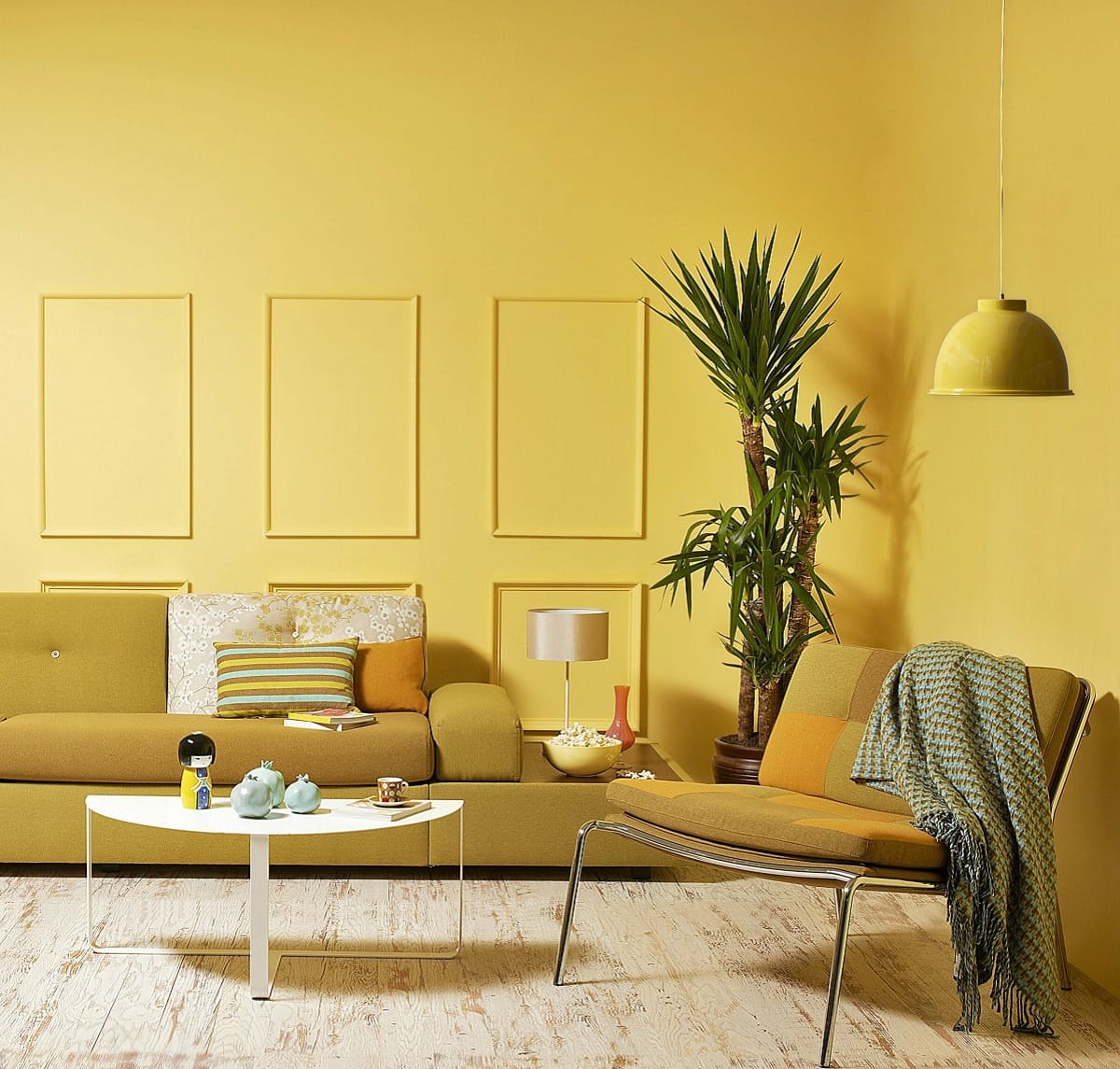
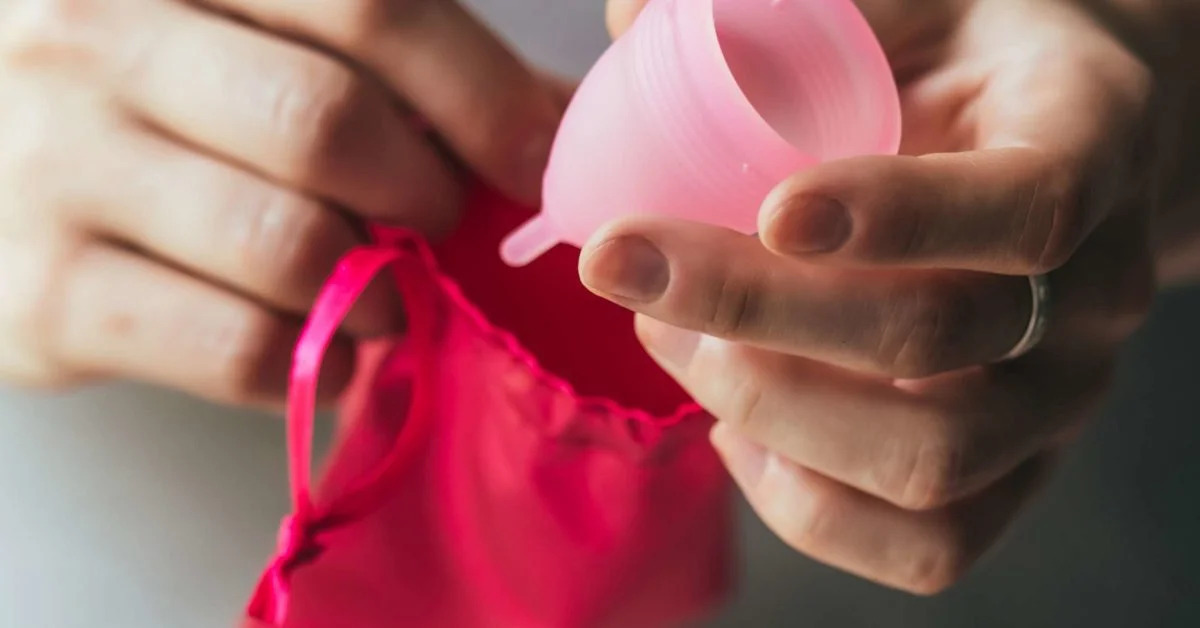


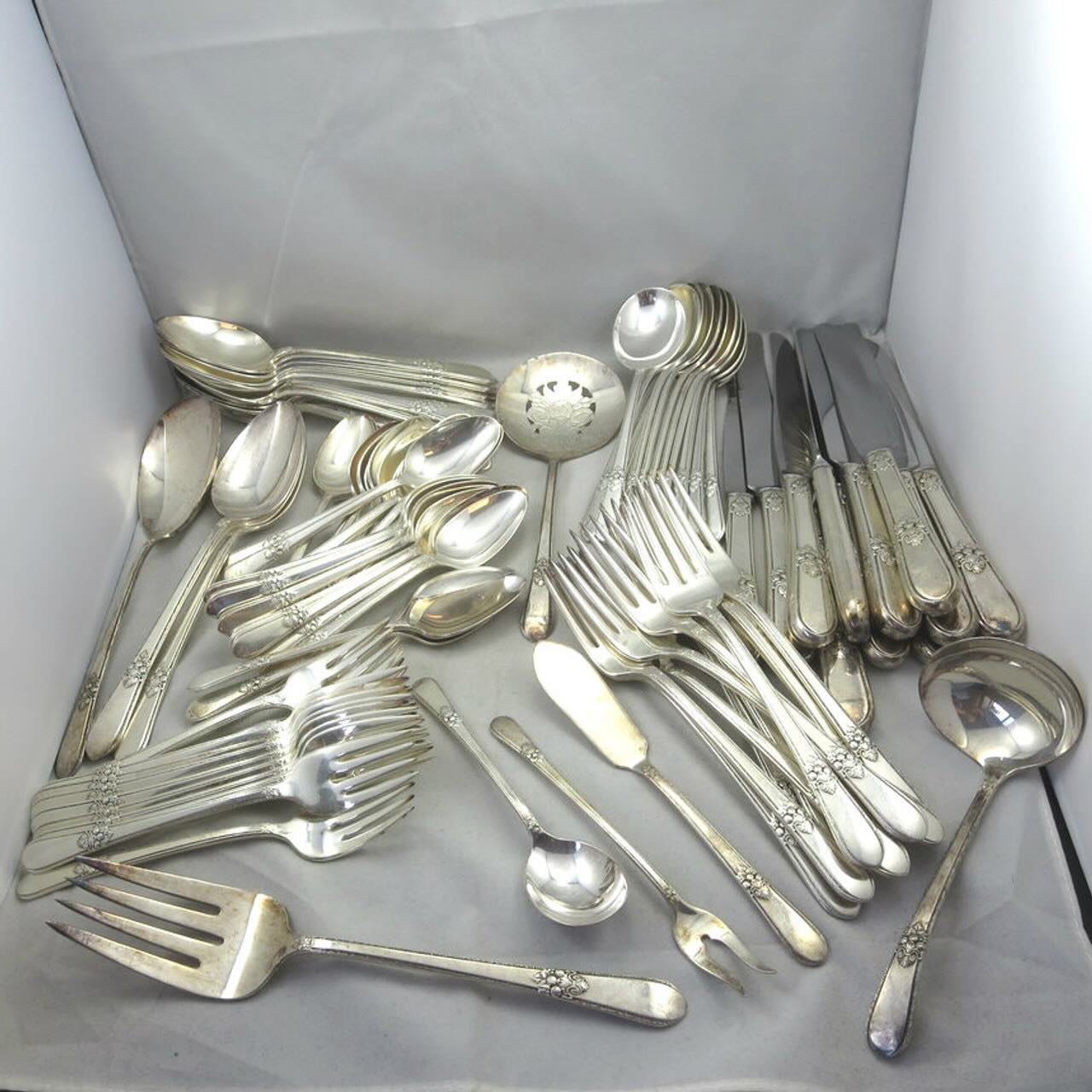
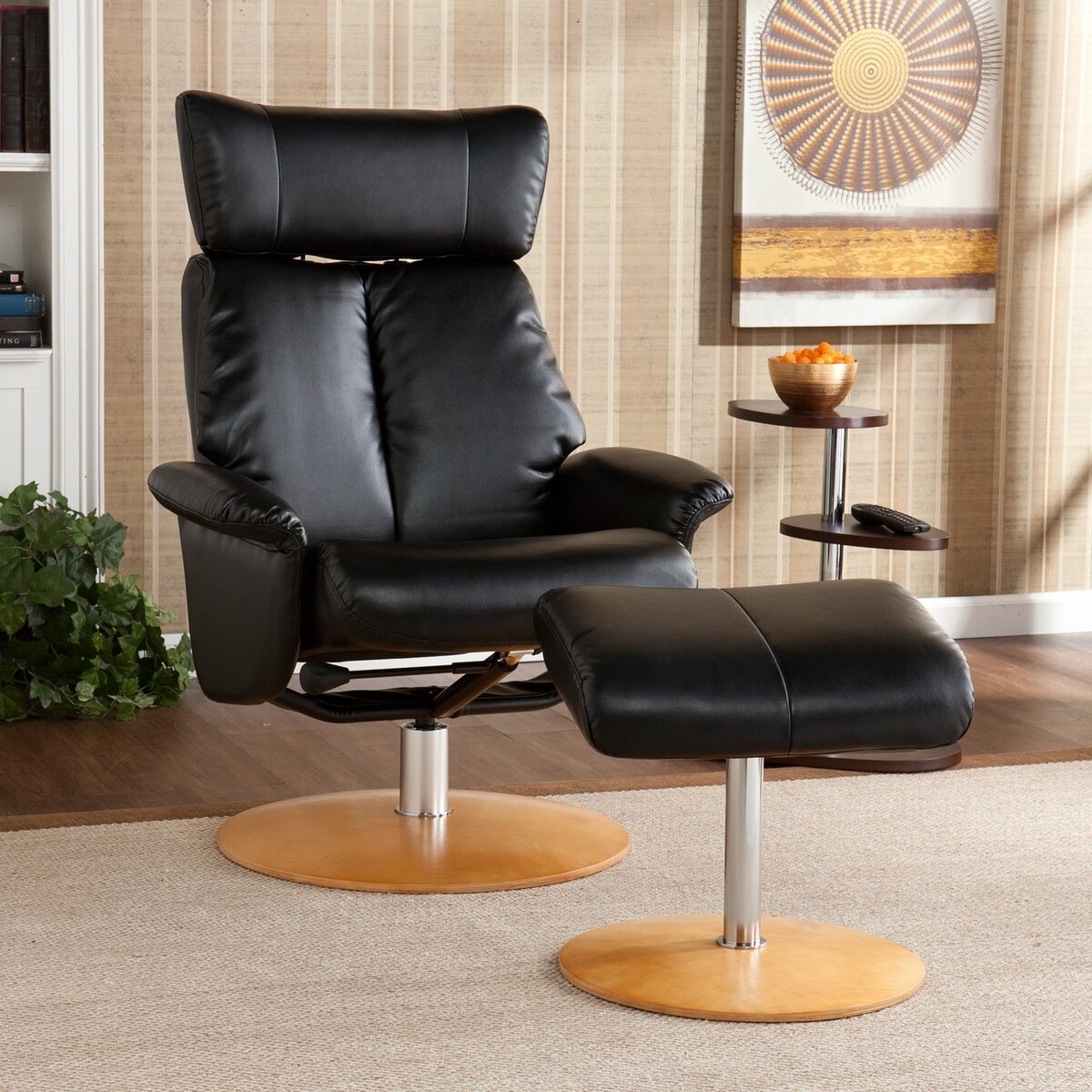

0 thoughts on “How To Add Authentic Period Features Or Make The Most Of The Ones You’ve Got”